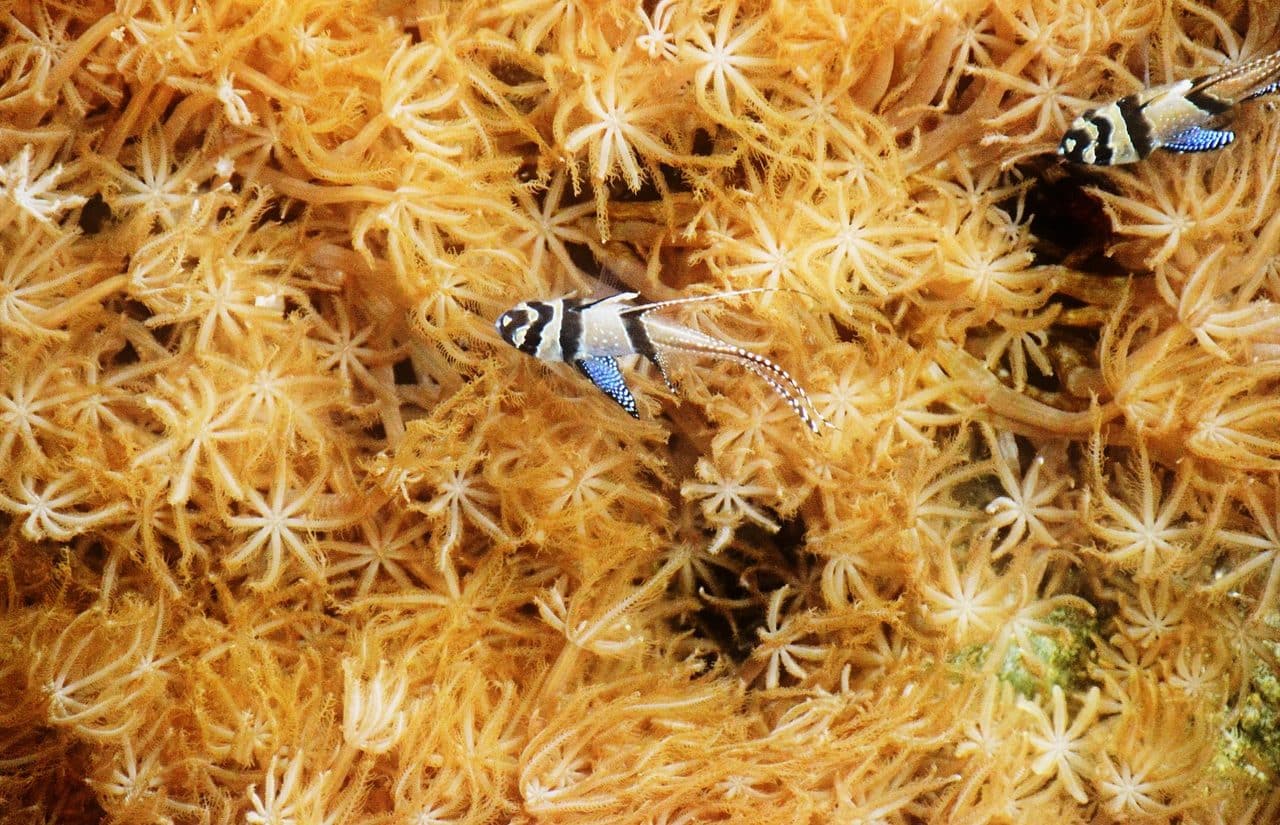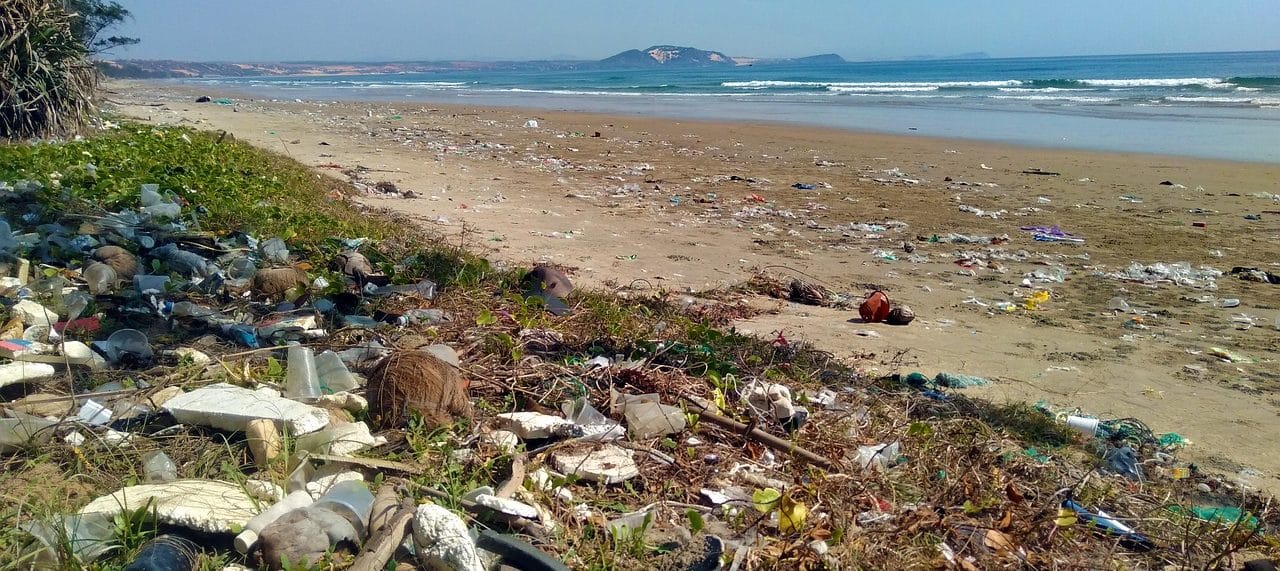
Seagrass protection is necessary for sustainable development.
Seagrass is an underwater plant that forms meadows in shallow areas close to the coast. The term is used to name species of different plant genera (such as Cymodocea , Enhalus , Halodule , Phyllospadix , Posidonia , Ruppia , Syringodium , Thalassia and Zostera ) that share the peculiarity of growing submerged in the sea.
Seagrasses develop covering part of the bed. Statistics indicate that they occupy approximately 0.2% of the ocean floor , although they have enormous ecological importance.
Seagrass characteristics
The concept of seagrass refers to flowering plants that live submerged in the sea , adjacent to coastal areas and rooted in mud or sand. Its presence is very widespread since seagrasses can be found between the Arctic Circle and the tropical areas.
These plants need sunlight to carry out marine photosynthesis and thus survive and grow. This means that they cannot be found beyond the so-called euphotic or photic zone , which is where the sun's rays reach.
When these grasses grow together in the same location, they form a seagrass meadow . It is an ecosystem in which various animals can live, from fish to sea turtles, including seahorses, crustaceans, algae and manatees. Even crabs, swans and geese come to the seagrass beds to feed: it is estimated that 80,000 fish can live in one hectare.

Environmental education should aim to raise awareness about the importance of seagrass.
Its ecological importance
Seagrass has great ecological importance for multiple reasons. In this sense, the role of seagrasses as carbon sinks must be highlighted: it is estimated that seagrasses are 35 times faster than tropical forests in capturing carbon .
According to researchers, 10% of the carbon present in the oceans is absorbed each year by seagrass. This capacity to absorb CO2 dissolved in water is key to mitigating global warming and reducing the impact of climate change . On the other hand, seagrasses are capable of storing about 18% of global ocean carbon.
Seagrasses also allow the accumulation of nutrients and the filtering and recycling of contaminants. By improving water quality, they help minimize marine pollution .
Another essential function of seagrass is buffering the acidity of seawater , a factor that helps protect each coral reef and strengthens the resilience of ecosystems .
Even seagrass contributes to the fight against coastal erosion . Seagrasses reduce wave energy, defending the coastline and providing protection to towns and cities from the possible consequences of storms (reducing the possibility of flooding, for example).

The human impact on the oceans has consequences on seagrass.
Seagrass protection
Protecting seagrass is crucial to caring for marine biodiversity . Today only a quarter of the grasslands are part of protected areas.
The International Union for Conservation of Nature indicates in its Red List of Threatened Species that 21% of seagrass species are classified as endangered, vulnerable or near threatened. Another piece of information reveals that 7% of seagrass beds are lost every year.
Navigation (with boat anchoring), certain recreational activities at sea, unregulated fishing, dredging and coastal development threaten seagrass, as do pollution and climate change. The United Nations Organization ( UN ) emphasizes that working to protect and restore seagrass beds is essential for many countries to meet various social and economic objectives.
To reverse the negative situation, protection and recovery projects have been launched that managed to slow down the loss of seagrass and even begin to reverse the trend.
Restoration projects
There are seagrass restoration projects in several regions. In the UK , Swansea University , Sky Ocean Rescue and World Wildlife Fund ( WWF ) are working together to collect seagrass seeds from various locations and then plant and grow them on the west coast of Wales .
This venture aims to develop a 2-hectare seagrass meadow. This is a pilot initiative that seeks to contribute to the design of a model that can then be reproduced in other regions.
Seagrass recovery actions have also been carried out in Sweden and the United States . It must be considered that these undertakings are expensive and difficult to carry out.
Experience shows that smaller projects are less likely to succeed due to their susceptibility. The older ones, on the other hand, have a greater chance of achieving their goals.
World Seagrass Day
With the aim of promoting awareness about the importance of these aquatic meadows, in 2022 the UN General Assembly established the creation of World Seagrass Day .
March 1 was chosen for the anniversary, which aims to promote decision-making aimed at the conservation of seagrasses, taking into account its relevance for development and health.
